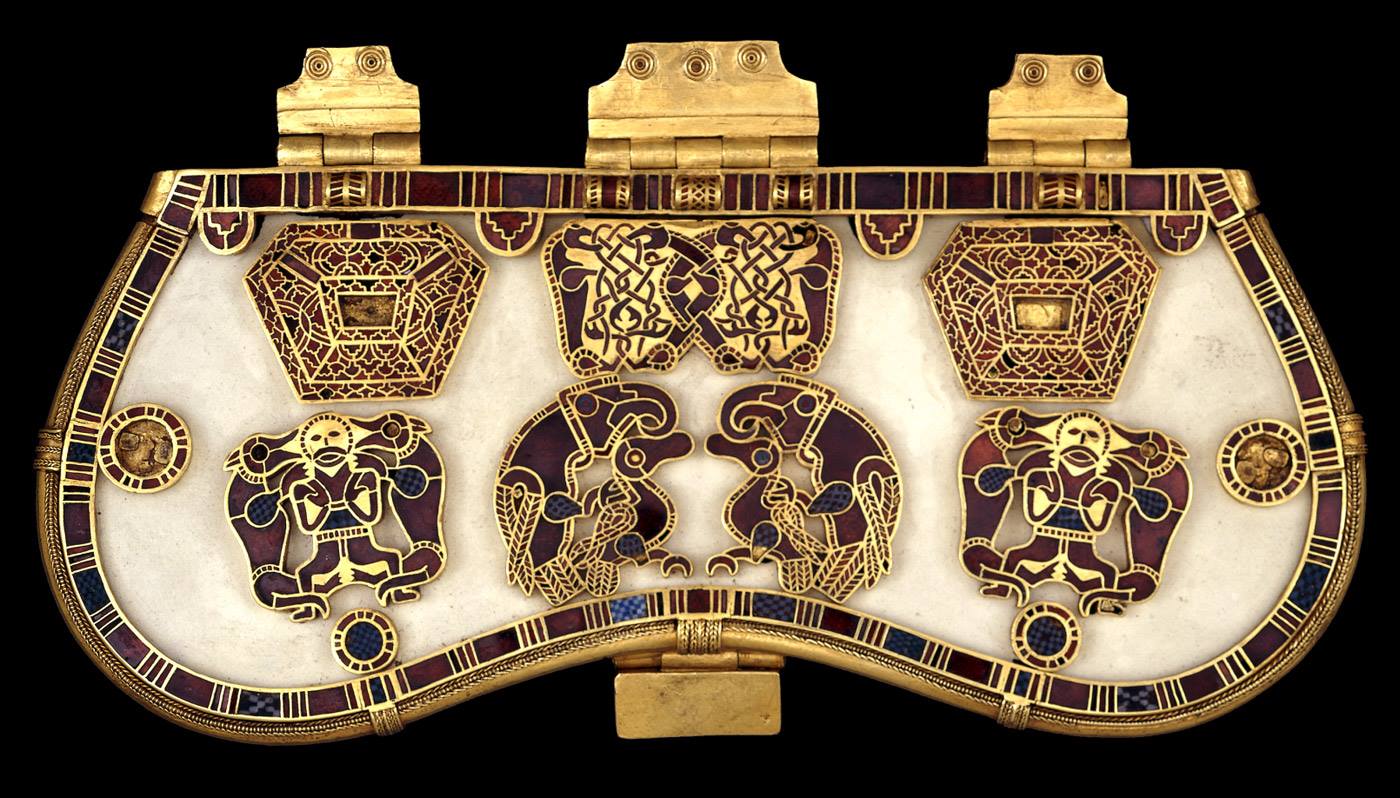- cross-posted to:
- ancientcoins
- [email protected]
- cross-posted to:
- ancientcoins
- [email protected]
This is fascinating. The origin of these coins being used was 4300 years ago in India. That’s two thousand and three hundred (2300) years before our calendar starts (remember we are in 2024). That’s old enough for the constallations in the sky to have shifted twice. The following is from wikipedia about the coins:
Karshapana (Sanskrit: कार्षापण, IAST: Kārṣāpaṇa), according to the Ashtadhyayi of Panini, refers to ancient Indian coins current during the 6th century BCE onwards,[citation needed] which were unstamped and stamped (āhata) metallic pieces whose validity depended on the integrity of the person authenticating them…
Even during the Harappan Period (ca 2300 BCE) silver was extracted from argentiferous galena. Silver Kārṣāpaṇas show lead impurity but no association with gold.
The internal chronology of Kārṣāpaṇa and the marks of distinction between the coins issued by the Janapadas and the Magadhan issues is not known, the Arthashastra of Kautilya speaks about the role of the Lakshanadhyaksha (‘the Superintendent of Mint’) who knew about the symbols and the Rupadarshaka (‘Examiner of Coins’), but has remained silent with regard to the construction, order, meaning and background of the punched symbols on these coins hence their exact identification and dating has not been possible.[16]
The term Kārṣāpaṇa referred to gold, silver and copper coins weighing 80 ratis or 146.5 grains; these coins, the earliest square in shape, followed the ancient Indian system of described in Manu Smriti.[17] Use of money was known to Vedic people much before 700 BCE. The words, Nishka and Krishnala, denoted money, and Kārṣāpaṇas, as standard coins, were regularly stored in the royal treasuries.
The local silver punch-marked coins, included in the Bhabhuā and Golakpur finds, were issued by the Janapadas and were in circulation during the rule of the Brihadratha dynasty which was succeeded by the Haryanka dynasty in 684 BCE; these coins show four punch-marks - the sun-mark, the six-armed symbol, arrows (three) and taurine (three) which were current even during the rule of Bimbisara (c. 492-c.460 BCE). Ajatashatru (552-520 BCE) issued the first Imperial coins of six punch-marks with the addition of the bull and the lion. The successors of Ajatashatru who ruled between 520 and 440 BCE and the later Shishunaga dynasty and the Nanda dynasty issued coins of five symbols – the sun-mark, the six-armed symbol and any three of the 450 symbols. The Maurya coins also have five symbols – the sun-mark, the six-armed symbol, three-arched hill with a crescent at the top, a branch of a tree at the corner of a four-squared railing and a bull with taurine in front. Punch-marked copper coins were first issued during the rule of Chandragupta Maurya or Bindusara.
They sold for much less than I would expect.
That’s crazy low, I’m a poor bastard and I would have paid more than that lol
That seems like it would practically just be the value of the silver alome
Coin collectors are very funny folks. Rarity is almost everything - you can get ten years’ of 10th century Andalusan coins that are dirt cheap, and then one year of minting is insanely expensive just because only a few survived for one reason or another.
I definitely need to buy some of these square Mauryan coins if my finances ever stabilize though, they’re insanely cool.


